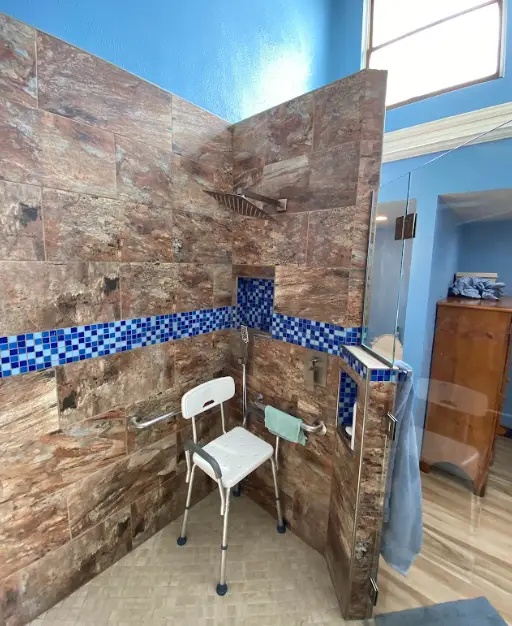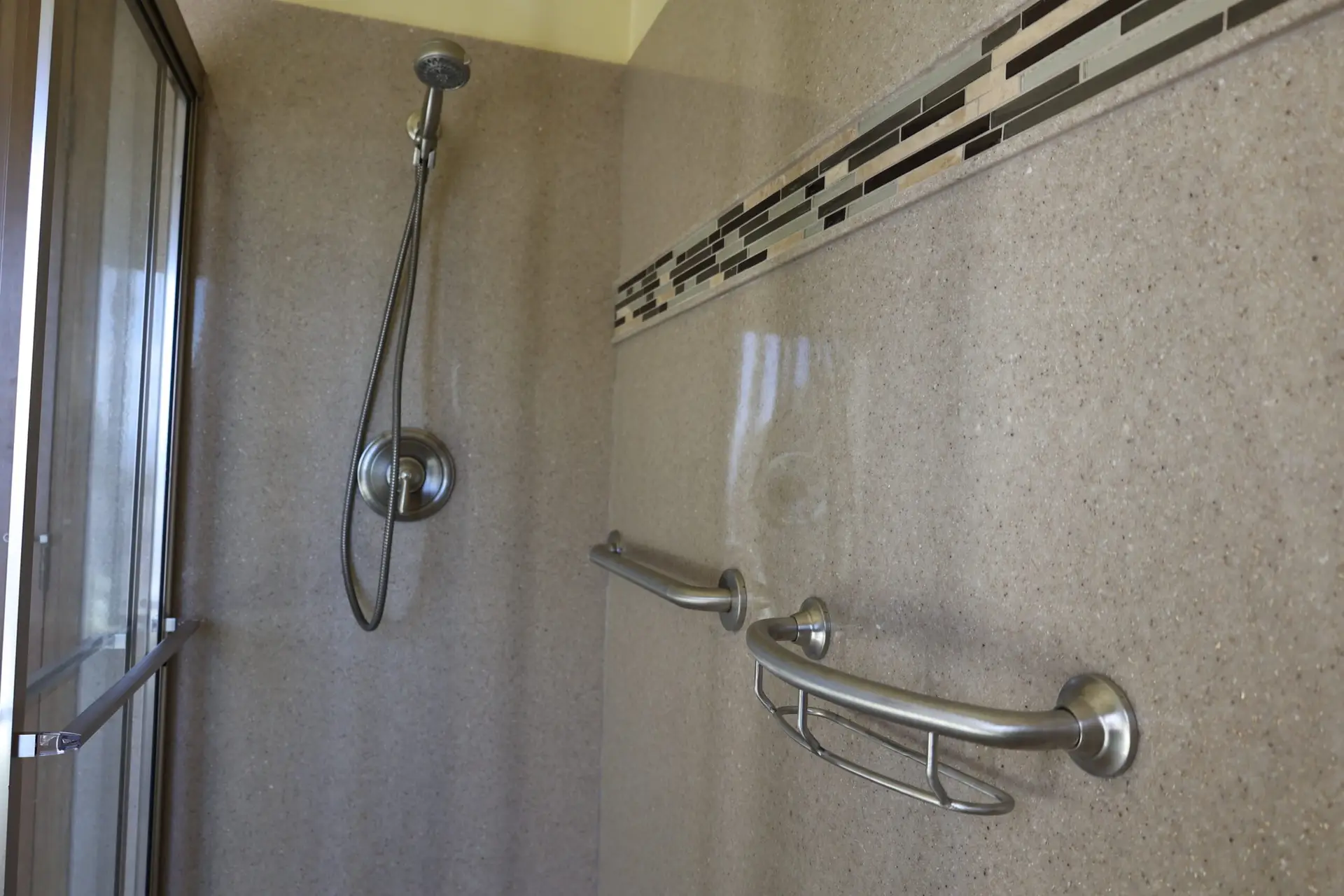How to Make Bathroom Handicap Accessible
Are you looking to make your bathroom more accessible for individuals with disabilities? In this blog post, we’ll explore how to convert your bathroom to be handicap-accessible, ensuring safety and convenience for everyone. From bathroom remodeling to investing in handicap-accessible tubs and showers, we’ll cover everything you need to know to create an inclusive and functional space.
Bathroom Remodeling for Handicap Accessibility
Bathroom remodeling for handicap accessibility is essential for ensuring that individuals with disabilities can navigate and use the space comfortably. This may involve making modifications to the layout, installing grab bars and handrails, widening doorways, and lowering countertops and sinks to accommodate wheelchair users.
By incorporating universal design principles, you can create a bathroom that is accessible to everyone, regardless of mobility limitations.
Why Bathroom Remodeling for Handicap Accessibility is Important
Bathroom remodeling for handicap accessibility holds profound importance, extending far beyond mere convenience. One of the primary reasons why it’s crucial is the promotion of independence and autonomy among individuals with disabilities.
By implementing accessibility features, such as grab bars, widened doorways, and roll-in showers, individuals with mobility limitations gain the ability to navigate and utilize the bathroom independently. This fosters a sense of empowerment and self-reliance, enabling them to carry out daily tasks with dignity and without relying on constant assistance.
Moreover, ensuring handicap accessibility in the bathroom significantly enhances safety for individuals with disabilities. The presence of grab bars and non-slip flooring reduces the risk of accidents and injuries, such as slips and falls, which are common in bathrooms. By creating a safer environment, bathroom remodeling for handicap accessibility provides peace of mind for both individuals with disabilities and their caregivers or family members.
Investing in handicap-accessible features not only improves the quality of life for individuals with disabilities but also enhances the overall usability and value of your home. A bathroom that is designed with accessibility in mind appeals to a broader range of potential buyers, including those with disabilities or aging individuals who may require accessibility features in the future. As a result, incorporating handicap accessibility into your bathroom remodel can increase the marketability and resale value of your home.
Investing in Handicap Accessible Tubs and Showers
Investing in handicap-accessible tubs and showers is a key aspect of making your bathroom more accessible. These fixtures are designed with features such as low thresholds, built-in seats, and grab bars to facilitate safe and comfortable bathing for individuals with disabilities. Whether you choose a walk-in tub or a roll-in shower, there are options available to suit every need and preference.
How to Plan Disability Bathroom Renovations
Planning disability bathroom renovations requires careful consideration of the specific needs and requirements of individuals with disabilities. Start by assessing the current layout and identifying areas that need improvement. Consult with a professional contractor experienced in handicap-accessible remodeling to develop a comprehensive plan that addresses accessibility issues while also adhering to relevant regulations and guidelines, such as the Americans with Disabilities Act (ADA).
Making your bathroom handicap accessible is not only a matter of convenience but also a fundamental aspect of promoting inclusivity and ensuring the safety and well-being of all individuals. By following these steps and investing in the right features and modifications, you can create a bathroom that is functional, stylish, and accessible to everyone. Contact Yourson Construction today to learn more about our disability bathroom renovation services and start creating a more inclusive home environment.




